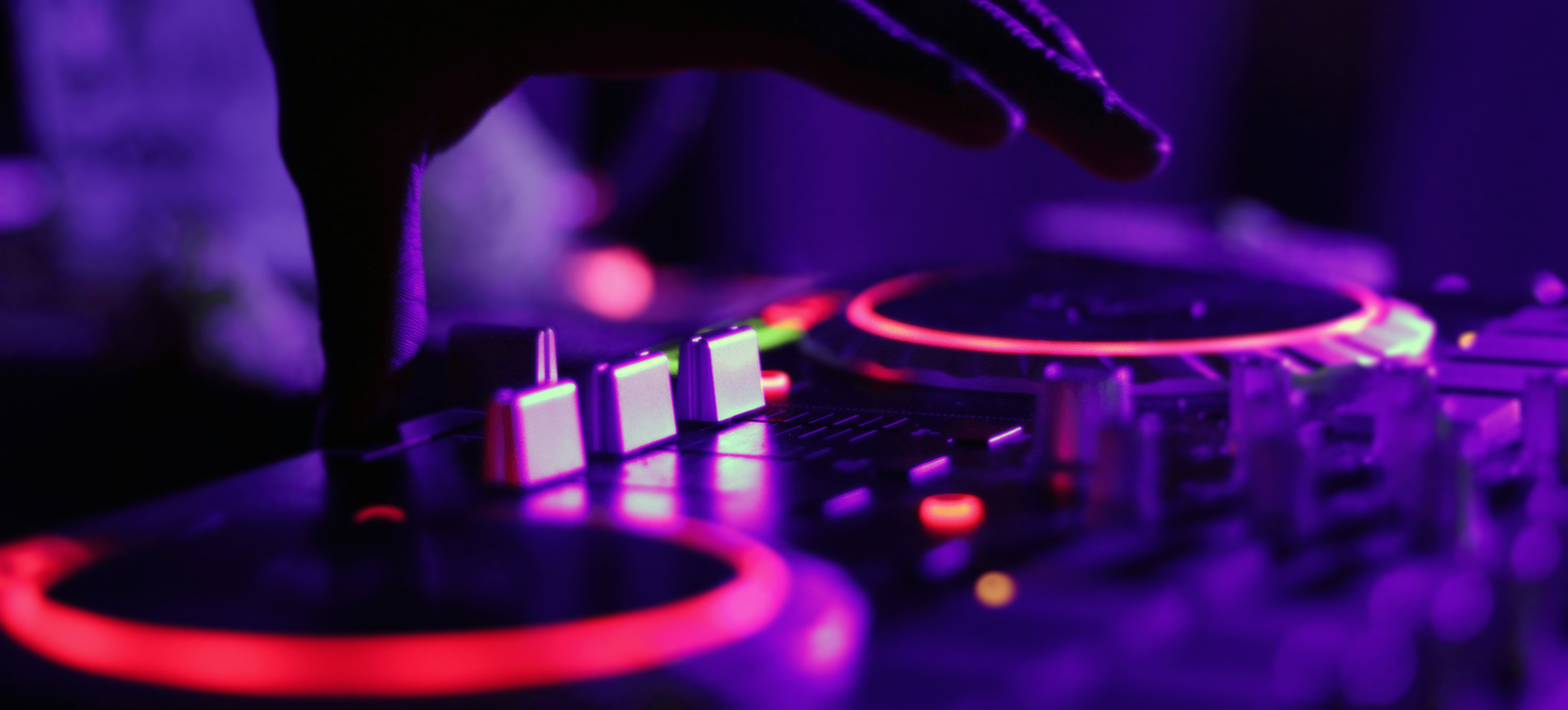On Friday afternoons at universities across Denmark, the school bells are replaced by music blasting from speakers, and students switch out caffeinated drinks with cold beers. For a couple of hours, they suspend the past school week and thoughts related to deadlines, assignments and presentations, as they socialize over alcohol.
Klubben, Kurt Strandbar, Esperanto, ARABAR, Umbilicus, Apollonia, Panta Rei, Eforen: these are just some of the 42 Friday bars that can be found on Aarhus University campus. Friday bars aren’t unique to Aarhus – in fact most universities in Denmark have at least one gathering point on campus, where alcohol is served weekly.
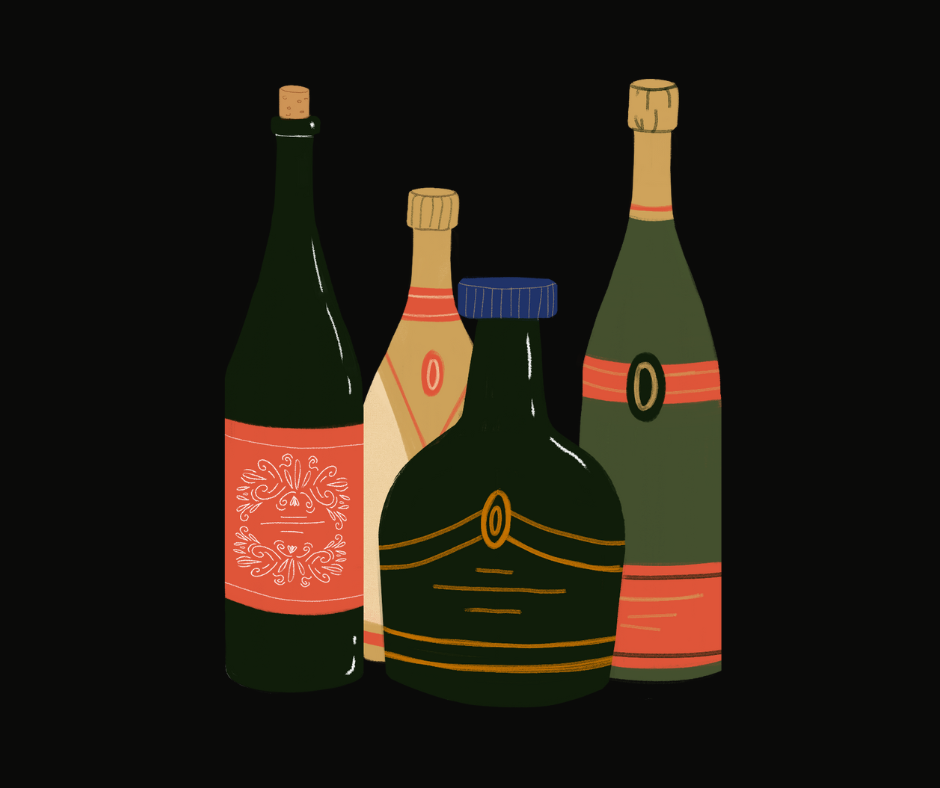
But what is it about Friday bars that makes them so popular in Denmark?
Socializing at Friday bars
“It’s the social kick. So when people start in universities, they have already learned that when you are together, alcohol is a medium through which you are together and you socialize. People feel secure and comfortable when alcohol is kind of a mediator in social relations,” said Torsten Kolind, the head of the Aarhus University Psychological Institute, who specializes in studying alcohol and drug use.

A 2008 study found that while a large proportion of students (98%) come to Friday bars to socialize with fellow students, the majority also considers Friday bars to be more student-friendly and less expensive than regular bars (79%).

“In Denmark, [Friday bars] are a very big part of it. People love to meet and consume alcohol and that’s also just one of the things we love to drink on every occasion,” said Mads Læbel, a journalism student and financial manager at the Danish School of Media and Journalism’s (DMJX) Kurt Strandbar.
Magnus Graarup, an electrical engineering student, likes the concept of Friday bars, because it offers a place where students can find not only good company but also inexpensive beer.
“There’s a lot of people on SU, and Friday bars are cheaper than going to town and going to the bars there and I think it’s a big part of it,” Graarup said about the popularity of bars at Danish universities.
Other than bonding with fellow students and providing cheap alcohol, students also explain they like the volunteering aspect of working in Friday bars.
Volunteer at Kurt Strandbar, Lukas Palm Eriksen, stated: “Our goal is not to make money, it’s just to be a part of socialization. We’re also a non-profit organization. We foster a social environment to debrief after a long week of classes.”
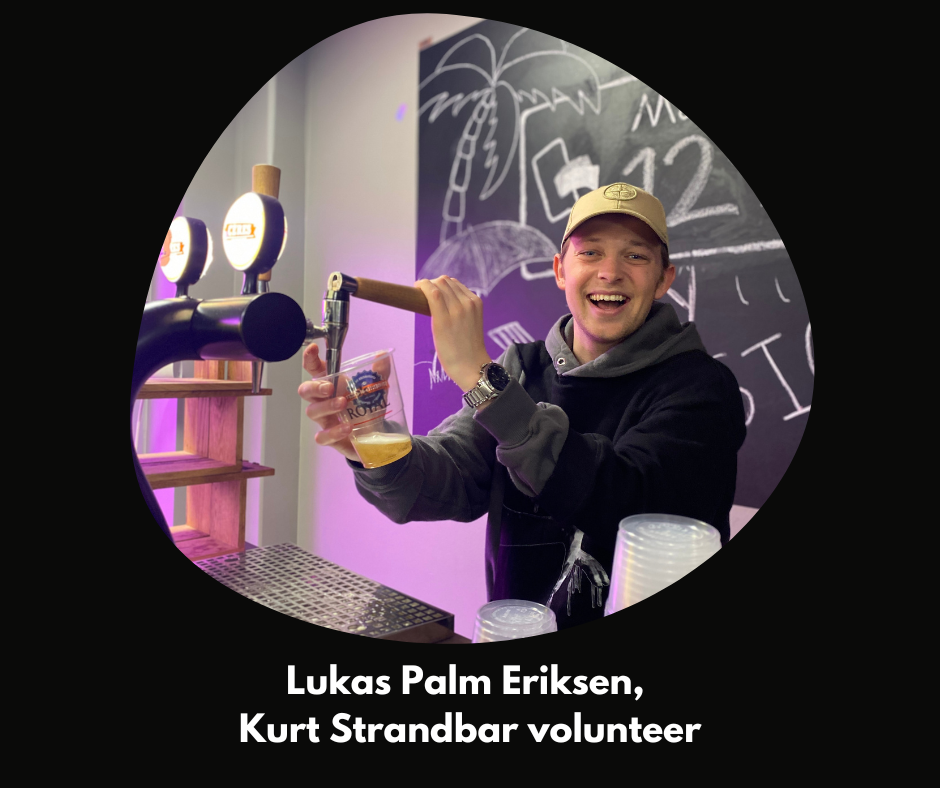
The role of the globalization, flat hierarchy & trust in society
Friday bars also create an inclusive, student-based environment which encourages international students to put their cultural differences aside as they form friendships.
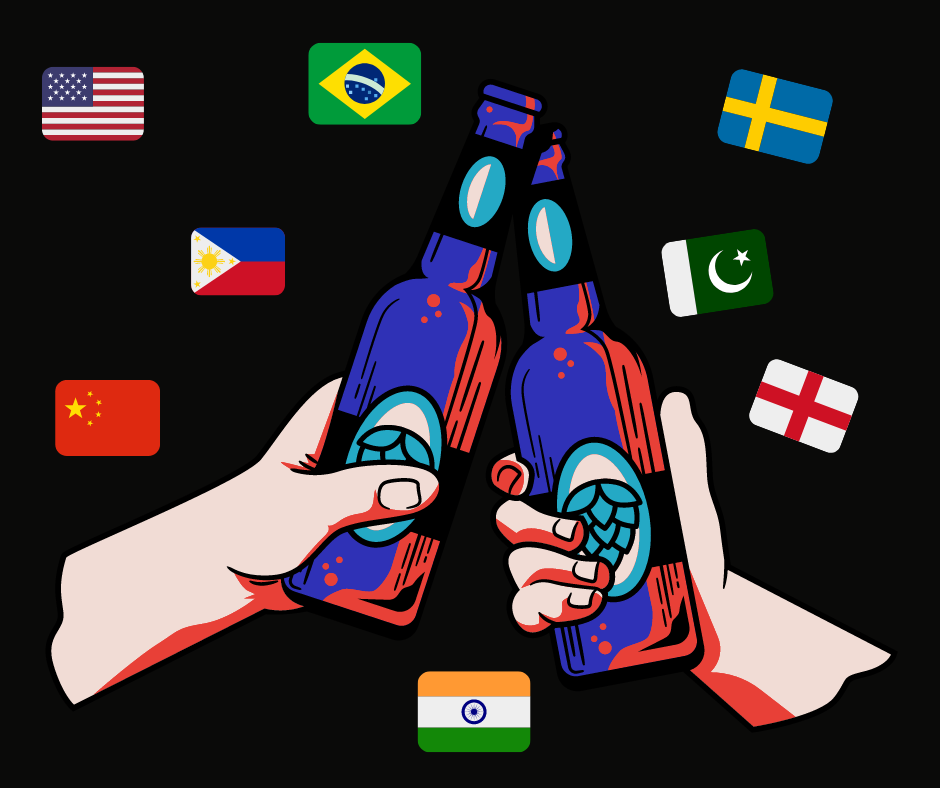
“Alcohol is strictly forbidden in universities in Slovakia, so Friday Bars aren’t what I was used to back in my country. Even though they are not luxurious at all they give you the impression of exclusivity,” said Nina Závodská, an international student who studies multimedia design in Aarhus.
“From my experience, Friday bars are a Danish invention – therefore in many of them Danes hang out, dance to Danish hits. It is easy to have a meaningful (and also completely delusional) conversation with them, however, it is very difficult to declare someone a friend after such a short time,” she wrote in an email interview.
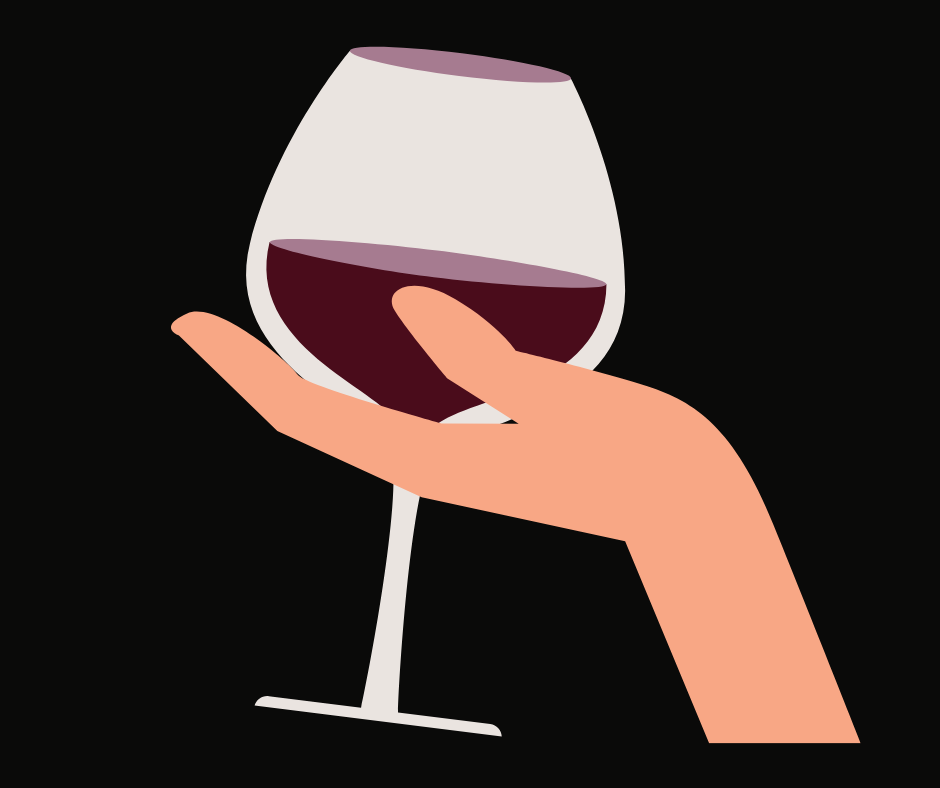
To non-Danish students, drinking on campus may seem like an unusual concept, but hold on, it gets even weirder: The professor who was just lecturing you about the difference between inductive and deductive reasoning? They also hit up the Friday bar and are now your drinking buddy.
In the 2018 Global Competitiveness Report done by the World Economic Forum Denmark placed as the flattest work hierarchy in the world — beating 139 countries for the spot. This flat hierarchy can also explain the informal relationship between Danish professors and students, where the orthodox boundary dividing the two appears to fade away for a period of time.
The paper “Social interactions, trust and risky alcohol consumption” (2016) examines the impact of social interactions and overall trust on drinking in a survey of the broad Danish population.
One of the key pieces of evidence in the study of 2569 participants is that the mean volume of alcohol consumption and heavy drinking were substantially correlated with social networking with male friends, volunteerism, and generalized trust.
Emil Lunau Bentsen, who volunteers as a bar manager at Katrines Kælder in Katrinebjerg, said: “AU [Aarhus University] is really supportive of the Friday bar culture in general and it’s not like we rent this location, we are provided it by AU.”

“You can also see it reflected that there’s very loose and lenient alcohol policies in universities. Because universities say, ‘well, listen, these are adult persons, we should not make any restrictions – if they want to drink, they can drink,’” Kolind stated.
How do Friday bars affect the drinking culture among students?
The Danish Health Authority estimates that 585.000 Danes have an unhealthy and harmful alcohol consumption, whereas approximately 140.000 Danes are addicted to alcohol. Considering that Denmark has 5.883.562 citizens as per February 2023, that means that every 8th Dane has problems with alcohol.
Bentsen pointed out that there is definitely something negative to be said about Danes’ drinking habits.
“I’m not really sure whether it’s the Friday bars that contribute to the drinking culture, or the drinking culture that facilitates the existence of Friday bars. I’m not sure which way it goes around,” Bentsen said.
Kolind emphasized that much of Danes’ drinking habits are due to the dry alcohol culture, where people drink to get drunk. This culture can be found in Nordic countries and the UK, whereas wet alcohol cultures – prevalent in Mediterranean countries – refer to people who drink regularly with meals.
Kolind further explained that in Nordic countries, there is this very strong linkage between ideas of maturing and drinking alcohol. “That changes your identity from a young pupil to a young person.”
Although the drinking age in Denmark is 16, youngsters must wait until they are 18 to go out and drink in restaurants and bars. For buying alcohol with a percentage higher than 16.5%, the legal age in Denmark is 18.
“Some people tend to see it as a drinking problem. But I mean, young people drink less than they did like generations before. So I think it’s actually a good way to learn how to handle your alcohol and to be able to combine it with something ordinary or chill instead of having it be like crazy partying,” Kristine Ravn, volunteer in charge of social media at Kurt Strandbar stated.

BY CLARA UTTENTHAL, PARI ABBASLI, GG LIBBY, AND SOPHEAKPANHA NEM
